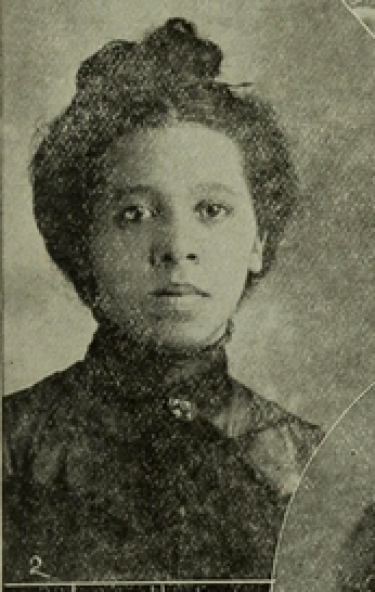"Cuba Libre." Cuban Liberty March, by Anna Gardner Goodwin

"Cuba Libre" or “Cuban Liberty March” was published in Augusta, Georgia, in 1897 and was included in Black Women Composers: A Century of Piano Music, 1893-1990 in 1992. It is a three-page piece written in 4/4 meter without any tempo marking. The title probably refers to the Cuban War of Independence, fought between 1895 and 1898. The piece might be appropriate for an early advanced student. Despite the significant use of large scale jumps and octaves, it has a very pianistic writing where all the notes just lie down under the performer's fingers. The accompaniment is mainly homophonic. Being very sectional, the march takes a performer on a journey through various keys. The captivating and cheerful tune of the march reminds of those tunes used to accompany silent films back in the day.
Anna Gardner Goodwin (1874 - 1959) was an African American composer of classical music, mainly known for her religious works and marches. Goodwin was born in Augusta, Georgia, in a family of Daniel and Anna Gardner. Her father was recognized as "the March King of Augusta" for playing cornet and running a Sunday afternoon concert series for black Augustans. It was Anna's father who inspired her to be a musician herself. Anna Goodwin attended Paine College in Augusta, and earned a scholarship to the University of Pennsylvania to study the “method and supervision of public school music.” She married a reverend and theology professor at Morehouse College, George Goodwin, and assisted him in playing and leading music at the same college. She spent the majority of her adult life teaching and writing music. Her first composition, “Adelene,” was published in 1909 and her last composition, “Freedom to All March,” was performed by the Cicero Band in 1956 to commemorate the Cicero (Illinois) race riots of 1951. Besides a career as a composer and teacher, Goodwin held the position of assistant house director of the Chicago World Young Women's Christian Association in the 1930s.
Sources:
- Anna Gardner Goodwin. Wikipedia. Wikimedia Foundation, February 8, 2020. http://en.wikipedia.org/wiki/Anna_Gardner_Goodwin.
- Anna Gardner Goodwin, Assistant House Director at the Chicago YWCA. (n.d.). Retrieved from https://www.newspapers.com/clip/8775150/anna-gardner-goodwin-assistant-house/
- Anna Gardner Goodwin Papers. (n.d.). Retrieved from https://www.lib.uchicago.edu/bmrc/view.php?eadid=BMRC.CBMR.GOODWIN

